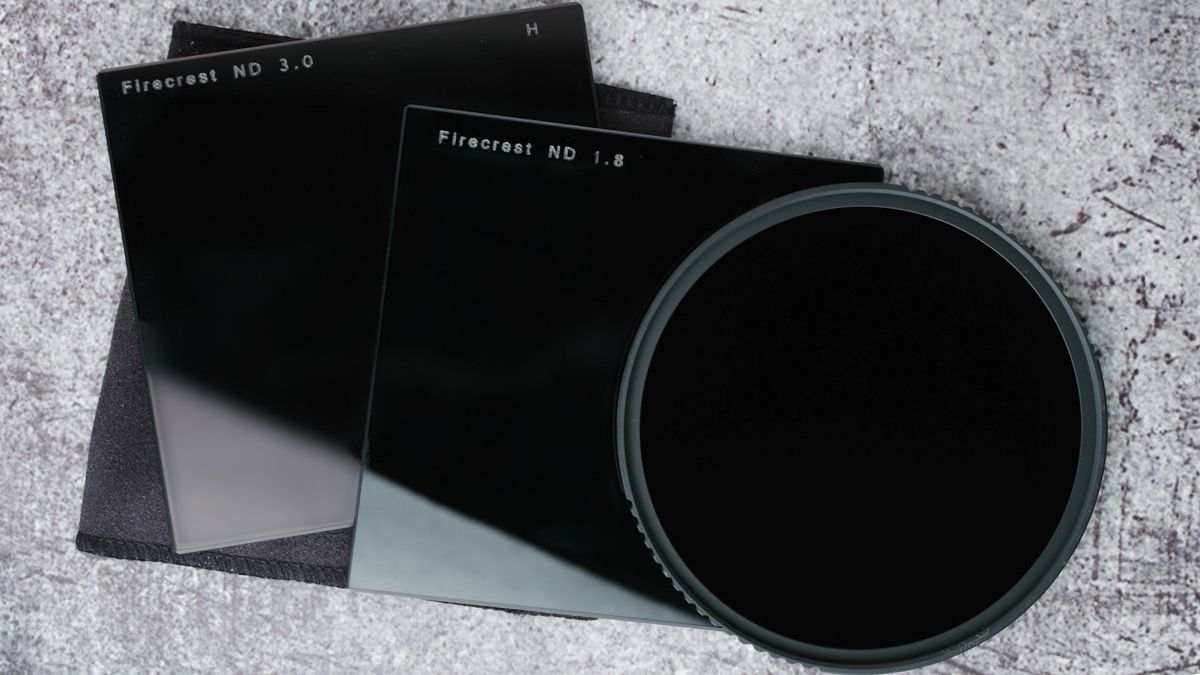The Art of Waiting: Discovering the Magic of Long-Exposure Photography
In a world where everything happens in an instant, long-exposure photography offers a refreshing contrast. With smartphone cameras capturing images in milliseconds and social media platforms demanding immediate content, slowing down feels almost rebellious. Yet, this deliberate form of photography is more than just a technical exercise—it’s a meditative experience that reshapes our relationship with time.
A Different Pace
Long-exposure photography forces you to pause. When you attach a 10-stop neutral density (ND) filter to your lens, you’re not simply adjusting settings—you’re embracing a new way of seeing. That quick shot you’d normally take at 1/60 of a second now stretches into several minutes. Suddenly, the act of taking a photograph becomes a moment of stillness, reflection, and anticipation.
Setting up your tripod, composing your scene, and securing your filters requires care and patience. There’s no room for haste. You can’t check the image preview or tweak exposure settings midway through the shot. Instead, you stand there—watching, waiting, and resisting the urge to fidget. Any movement could ruin the entire exposure, and trust me, I’ve learned this the hard way.
Understanding ND Filters
Neutral density filters are essential tools in long-exposure photography. They reduce the amount of light entering your lens, allowing you to use longer shutter speeds even in bright conditions. Here’s how they work:
- 6-stop ND filter – Ideal for softening motion in water or clouds. It transforms choppy seas into smooth surfaces and turns fast-moving clouds into gentle streaks.
- 10-stop ND filter – This level of filtration dramatically alters the scene. Water becomes mirror-like, and skies turn into abstract canvases of flowing cloud formations.
- Stacked filters (e.g., combining a 6-stop and 10-stop) – For extreme long exposures, stacking filters can provide up to 16 stops of light reduction. In daylight, this allows for exposures lasting 20 minutes or more.
Each additional stop doubles your exposure time, which means the math behind it is simple—but the results are anything but ordinary.
Time as a Creative Tool
The real magic happens when time itself becomes part of your composition. During those long waits, you begin to notice subtleties you’d otherwise miss—the shifting direction of the wind, the rhythm of waves, the imperceptible movement of light across the landscape. You’re no longer chasing the perfect moment; instead, you’re inviting time to collaborate with you.
Imagine standing on a bustling beach while your camera records an entirely different version of reality. Families arrive, children play, people walk by—but after a 20-minute exposure, all traces of human activity vanish. What remains is a serene, almost surreal image of calm waters and streaked skies. It’s like alchemy: turning chaos into tranquility through nothing more than patience and light.
The Joy of Surprise
There’s also an element of suspense in long-exposure photography. As your timer counts down, you have no idea what the final image will look like. Only when the exposure ends and you review the shot on your LCD screen do you discover the transformation.
Water that was crashing violently appears smooth and metallic, like brushed steel. Clouds that were racing overhead become elegant brushstrokes against the sky. These are scenes your eyes never actually saw in real time—only your camera could reveal them.
A Lesson in Patience
More than a photographic technique, long-exposure photography teaches us about presence, intention, and acceptance. It reminds us that some of the most powerful images cannot be rushed. They require trust in the process, an openness to experiment, and the willingness to accept failure as part of learning.
Every photographer should try it—even if it goes against the grain of modern expectations. Set up your tripod, attach your filters, and give yourself permission to wait. Stand still, watch the world move around you, and let time flow through your lens. In doing so, you may discover a deeper connection to your surroundings—and to yourself.
So next time you head out with your camera, don’t just chase the quick shot. Embrace the stillness. Let time become your collaborator. Because sometimes, the best photographs are the ones that take time to create.







